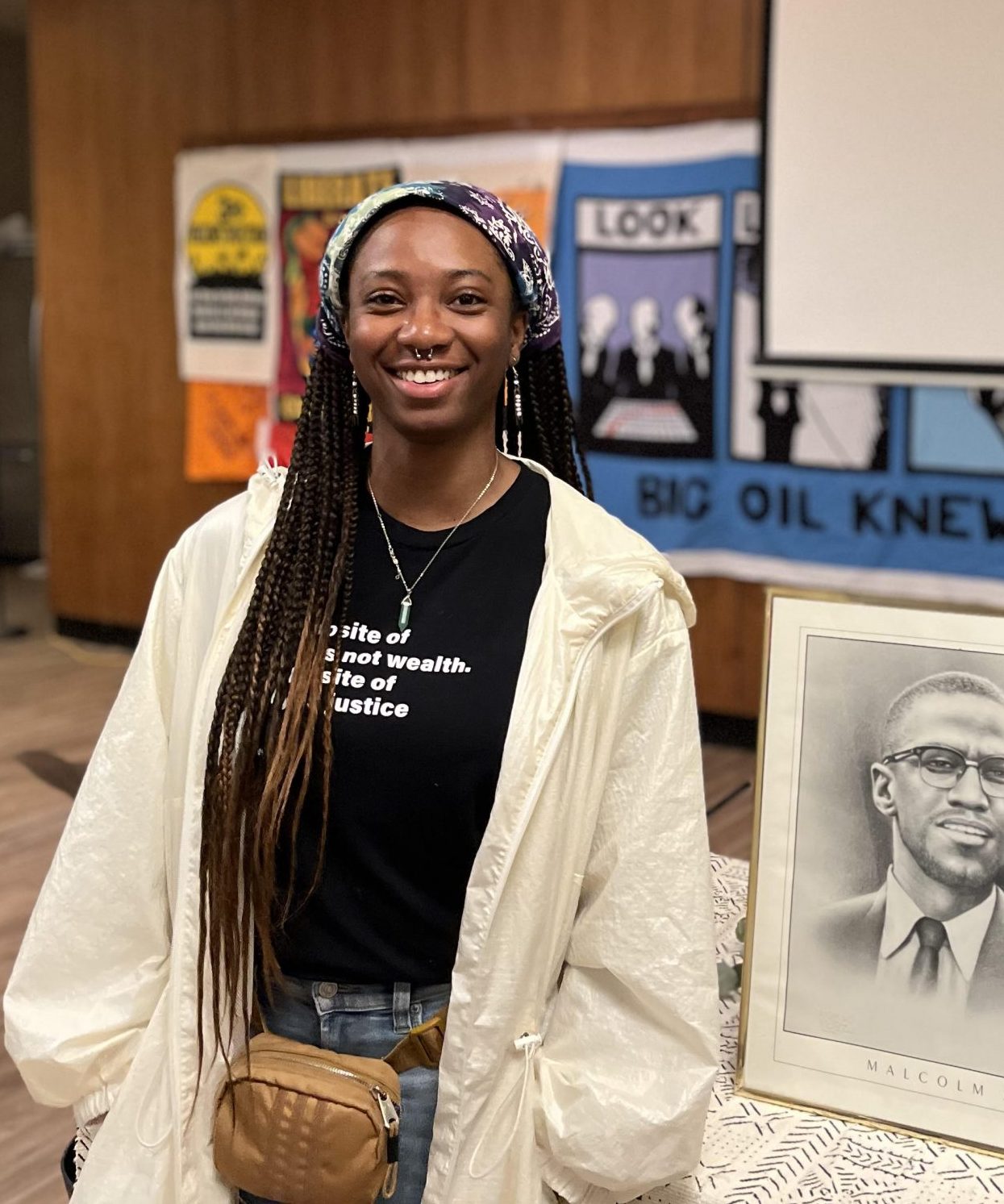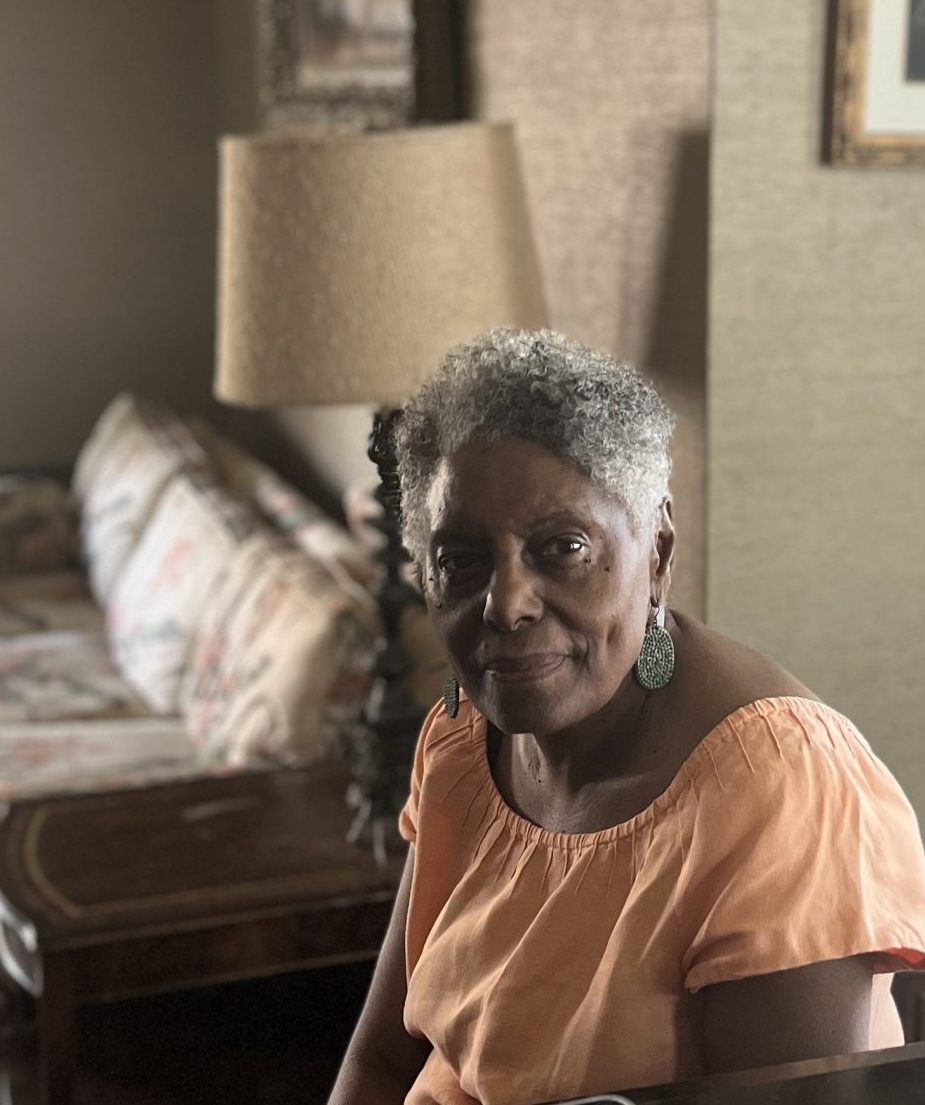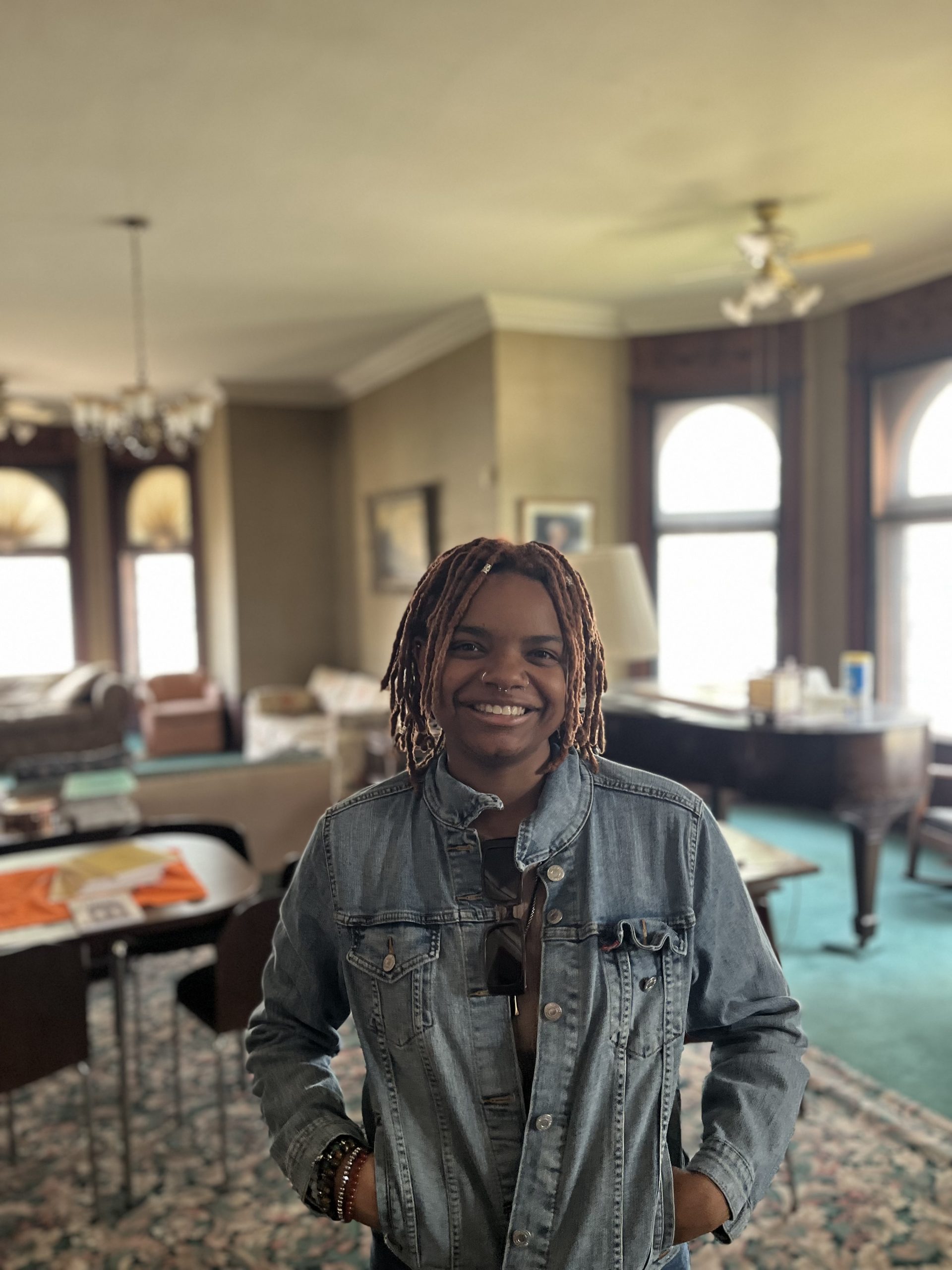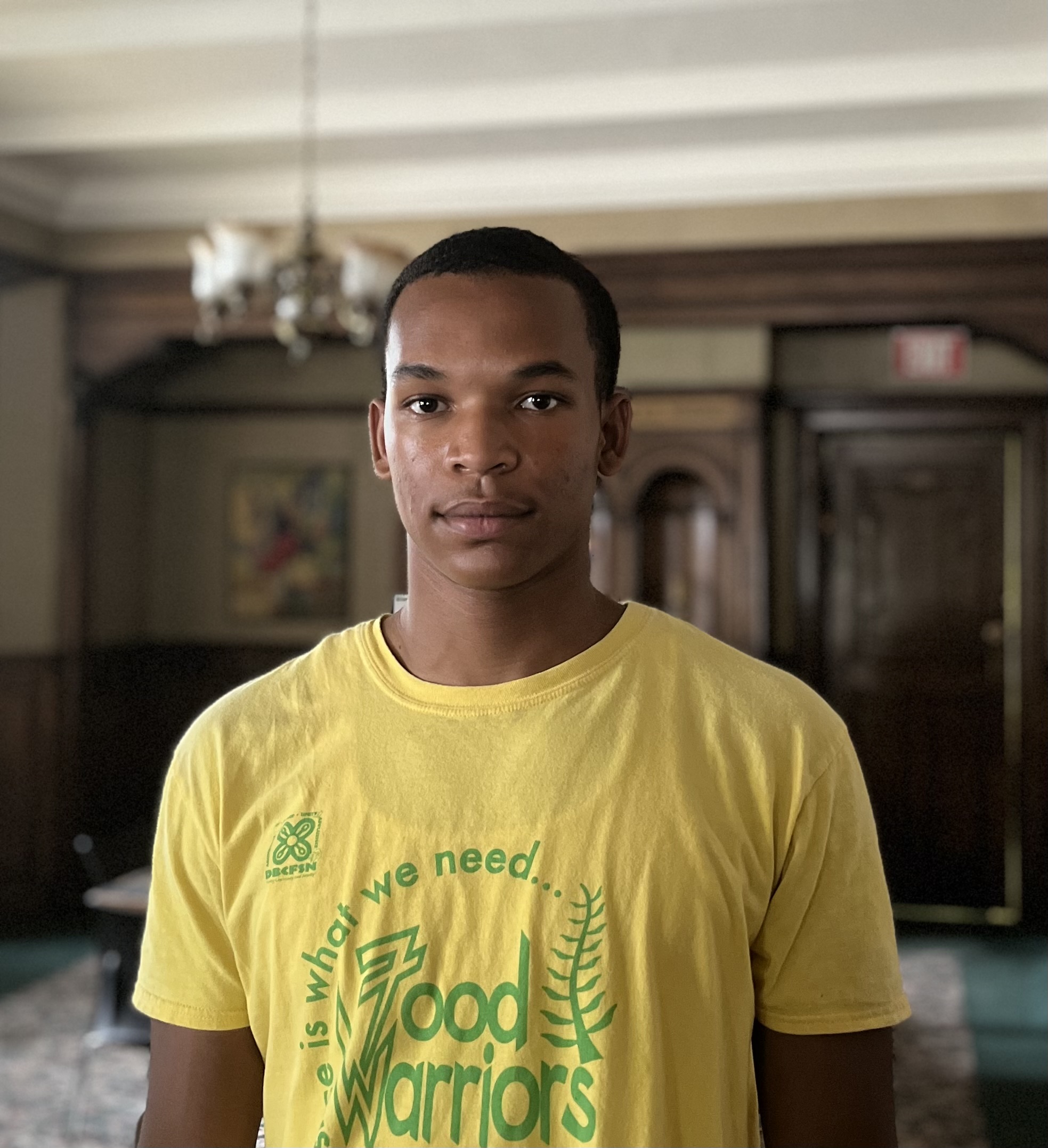EARLE DAVIS
Brain-Stretching Medicine Band

Earle Davis studied music and visual arts at the Chenard Art Institute in Los Angeles. He joined John Coltrane at the Jazz Workshop in 1968 and then moved to New York. He was a regular performed there with the Joe Henderson and Kenny Dorham bands and later joined Sun Ra’s Arkestra. He continued his relationship with the Avant-Garde/New Music scene working with Cecil Taylor, Archie Shepp. Roland Kirk, Jackie Byard and Roswell Rudd.
In 1971 Davis made a guest appearance with Miles Davis at the Both/And Club, after being invited to join the gig by Miles. The band included Herbie Hancock, Tony Williams, Wayne Shorter and Buster Williams. Miles appreciated Earle’s talent and suggested he form his own group.
Davis studied composition with Thelonious Monk who encouraged him to settle in New York. He jammed with Monk at Minton’s Playhouse.
Today he calls his sound BLAZZ, brain liberated artz, and he continues to range over genres as diverse as bebop/cool jazz, reggae, funk, straight ahead and new music.
Today Earle Davis plays with his Brain-Stretching Medicine Band, currently based in Detroit, MI. He stands proudly on the mantra, Jazz, Truth, and Integrity, insisting that Jazz is a deeply African music, which mediates the Black experience of overcoming pain and suffering with creativity, ingenuity, and ungovernable joy. Earle Davis and the Brain Stretching Medicine Band stretch the sonic technicalities of any classical training or notion of jazz, preferring at all times to be spiritually correct, even if it requires one to embrace being technically ‘incorrect’.
“This guy’s good. Really good,” I thought and headed for the stairs. I had to see who was making such great jazz.
At the top of the stairs was an African-American man with a gray goatee and wire-rimmed glasses sitting on a milk crate, eyes closed, and he was telling pure, blue truth with every note. I’m kind of a jazz head, and I have listened to a lot of great musicians both live and in recordings, and this guy could have held his own with any musician I’d ever heard — not just technically, but also in the eloquence of his communication. The best jazz is not about technical flash (someone needs to explain that to Wynton Marsalis) but more about saying something that needs saying, in a way that an attentive listener can relate to in some way.
I listened for a bit, transfixed, and when he was done I complimented his playing and asked if he ever played any Miles Davis. He told me he had known and played with Davis. It turns out I was talking with a guy named Earle Davis, and he had played with every jazz musician I could name.”
Excerpt of a 2013 write-up on Earle Davis in Oakland, CA by writer Matt Talbot.
Archive pending.









